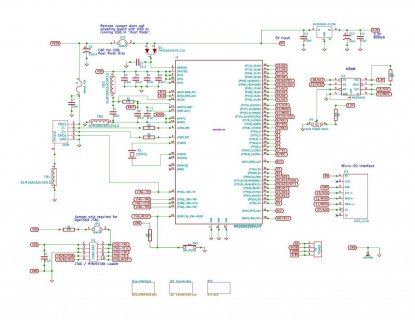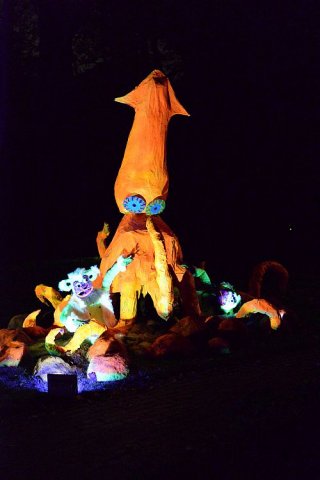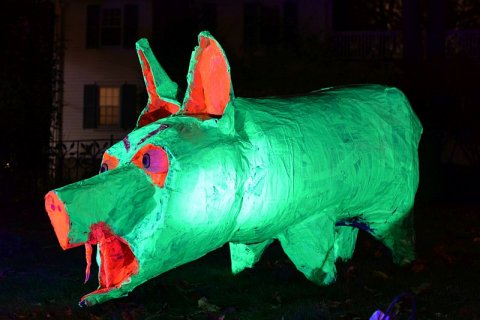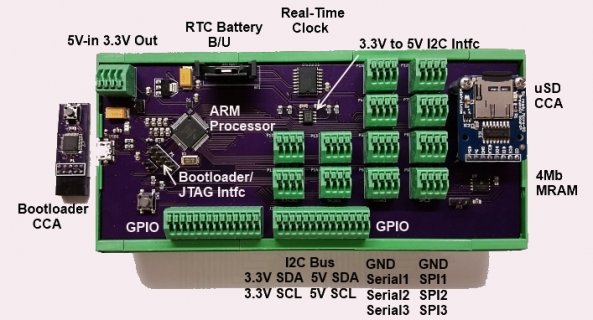13:32:43: Device came online, code_size = 262144
13:32:43: Board is: Teensy 3.1 (MK20DX256), version 1.03
13:32:43: File "HelloWorld.cpp.hex". 14556 bytes, 6% used
13:32:43: File "HelloWorld.cpp.hex". 14556 bytes, 6% used
13:32:43: elf size appears to be 262144
13:32:43: elf binary data matches hex file
13:32:43: Code size from .elf file = 262144
13:32:43: begin operation
13:32:43: flash, block=0, bs=1024, auto=1
13:32:43: flash, block=1, bs=1024, auto=1
13:32:43: flash, block=2, bs=1024, auto=1
13:32:43: flash, block=3, bs=1024, auto=1
13:32:43: HID/win32: waiting for device
13:32:43: HID/win32: waiting for device
13:32:43: flash, block=4, bs=1024, auto=1
13:32:43: flash, block=5, bs=1024, auto=1
13:32:43: flash, block=6, bs=1024, auto=1
13:32:43: flash, block=7, bs=1024, auto=1
13:32:43: flash, block=8, bs=1024, auto=1
13:32:43: flash, block=9, bs=1024, auto=1
13:32:43: flash, block=10, bs=1024, auto=1
13:32:43: flash, block=11, bs=1024, auto=1
13:32:43: flash, block=12, bs=1024, auto=1
13:32:43: flash, block=13, bs=1024, auto=1
13:32:43: flash, block=14, bs=1024, auto=1
13:32:43: sending reboot
13:32:43: begin wait_until_offline
13:32:44: offline, waited 12
13:32:44: end operation
13:32:44: redraw timer set, image 14 to show for 1200 ms
13:32:44: HID/win32: vid:045E pid:0772 ver:0113
13:32:45: redraw, image 9







